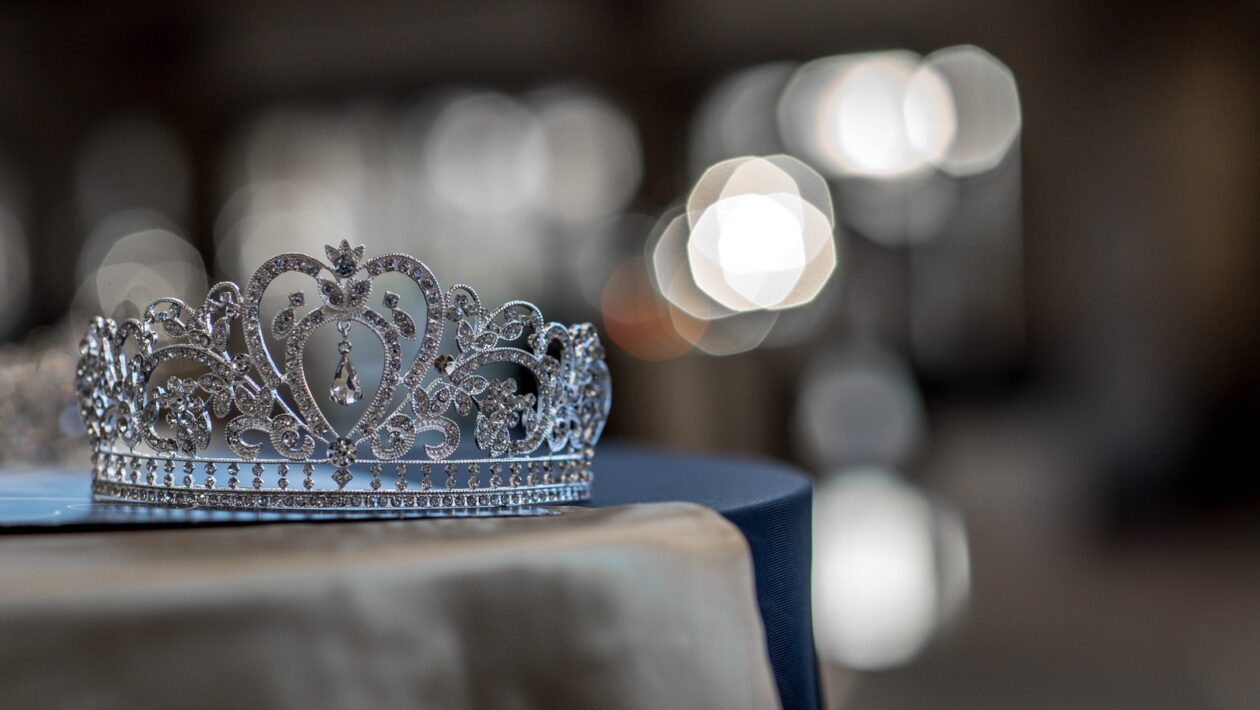Controlling Clothing
In the Elizabethan era (1558-1603), fashion was not just a matter of personal preference; it was subject to strict regulations and social codes known as sumptuary laws. These laws dictated what individuals from different social classes could wear, reflecting the intricate web of social hierarchy and values of the time.
Defining Distinctions
Sumptuary laws were designed to maintain social order by visibly demarcating the distinctions between social classes. These laws determined the types of fabrics, colors, and styles that individuals were allowed to wear based on their rank and station in society. This was seen as crucial for preventing excessive spending and enforcing social norms.
Royal and Noble Privilege
Members of the royal family and the aristocracy enjoyed certain exemptions from sumptuary laws. They were permitted to wear extravagant fabrics, intricate designs, and lavish embellishments that were prohibited for those of lower social status. This was not only a reflection of their privileged position but also a means of reinforcing their elite status.
Merchant Class and Gentry
The merchant class and gentry were subject to their own set of clothing restrictions. While they could wear relatively luxurious fabrics, they were not allowed to emulate the extravagance of the nobility. Their attire was often more subdued, reflecting their social standing and adherence to the guidelines set by the sumptuary laws.
Professionals and Tradesmen
Professionals and tradesmen had specific dress codes that aligned with their occupations. Their clothing had to be functional and appropriate for their work, while also adhering to the regulations. Tailors, for instance, were not allowed to wear overly ornate attire that might indicate a higher social status than their profession warranted.
Role of Gender
Sumptuary laws also extended to gender distinctions. Women’s clothing was regulated to reflect their marital status and the social class of their families. Married women from the merchant class, for example, were allowed to wear certain fabrics and adornments that unmarried women could not.
Enforcing Conformity
Enforcement of sumptuary laws was crucial for maintaining the social order. Officials known as “searchers and sealers” were tasked with inspecting and approving clothing to ensure it complied with the regulations. Fines and penalties could be imposed on those who violated the laws, making conformity to the dress codes a matter of legal and social consequence.
Impact on Identity
Sumptuary laws played a significant role in shaping individual and collective identities. Clothing was not only a matter of personal expression but also a means of signaling one’s social standing and affiliations. By adhering to dress regulations, individuals could align themselves with their designated class and avoid the potential repercussions of non-compliance.
Legacy and Lessons
The legacy of sumptuary laws extends beyond the Elizabethan era. These laws offer insights into the complex relationship between clothing, identity, and society. While the regulations of the time may seem restrictive, they provide valuable lessons about the ways in which fashion can be harnessed as a tool for social control and cultural preservation.
Balancing Tradition and Expression
The sumptuary laws of the Elizabethan era represent a delicate balance between tradition and individual expression. They remind us that clothing is not just a personal choice but a reflection of societal norms and values. As we explore the intricacies of these laws, we uncover a historical narrative that sheds light on the intricate interplay between fashion and social structure.
Conclusion
Sumptuary laws served as dress codes that shaped the clothing choices and identities of individuals in Elizabethan society. These regulations provided a means of maintaining social order, reinforcing class distinctions, and controlling spending. By delving into the world of dress regulations, we gain a deeper understanding of how fashion was intricately woven into the fabric of Elizabethan culture.

